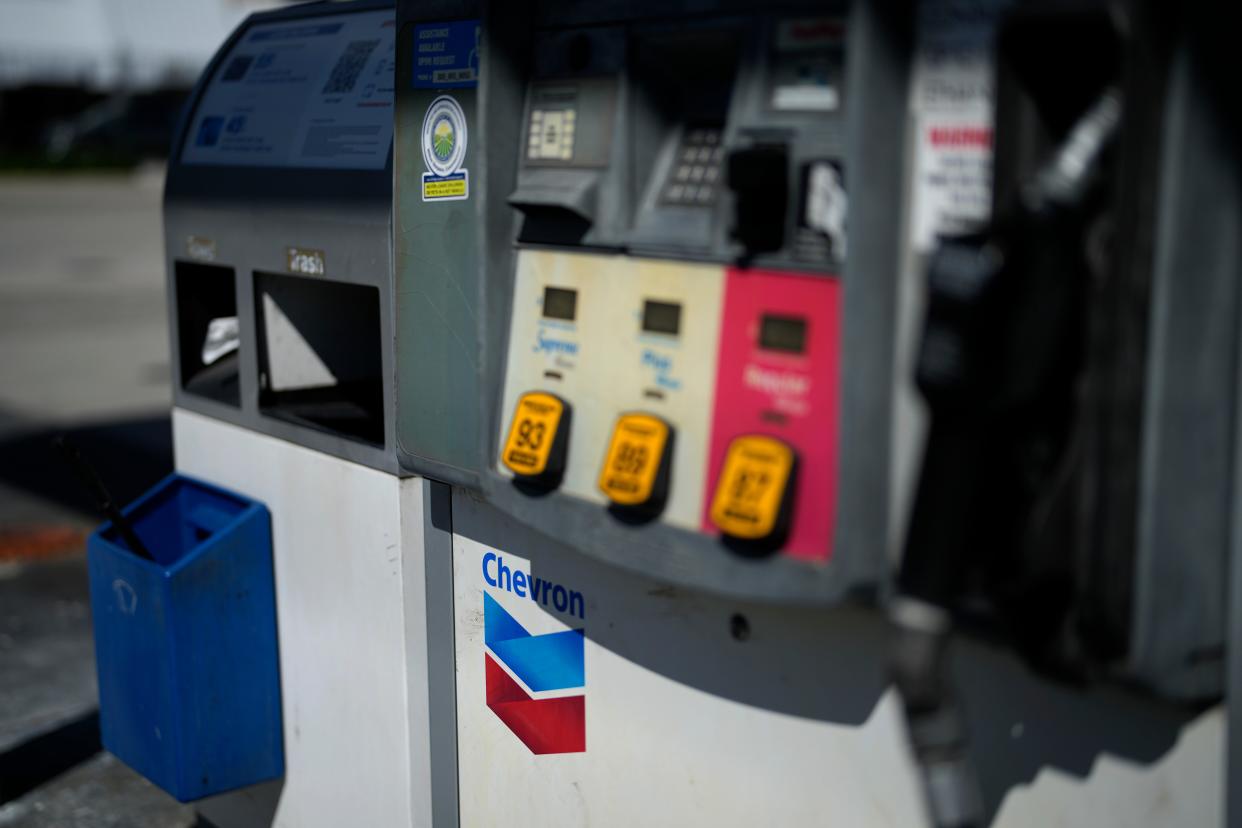Why are gas prices going up? What influences gasoline costs and how to get the best deal

Why do gas prices go up? Why do they go down? Those are questions drivers frequently ask themselves.
Suffice it to say, the price at the pump is a rollercoaster every time you go to fill your tank. The cost of gasoline can vary wildly from day to day, and even at stations only miles apart.
So why is the price of gas so volatile? The U.S. Department of Energy has a few answers.
Four main factors influence why gas prices go up and down
There are four components that influence the cost of gasoline in the United States, according to data from the U.S. Energy Information Administration. They are:
Crude oil: The cost of crude oil makes up 54% of the price at the pump. That cost is largely dictated by international supply and demand. Several geopolitical factors can influence the crude oil market, but one of the biggest influences is the Organization of the Petroleum Exporting Countries (OPEC), which is led by Saudi Arabia.
Refining: The cost to refine oil into gasoline makes up 14% of the price. The exact cost of refining varies, depending on a few factors such as the type of crude oil used, the processing technology available at the refinery and the gasoline requirements in specific parts of the country.
Taxes: Making up 16% of the price, the gasoline tax averages $0.57 per gallon, according to the American Petroleum Institute. However, the exact amount fluctuates from state to state.
Distribution and marketing: These costs make up 16% of the price. Gasoline distribution and marketing costs vary depending on whether stations are owned and operated by refineries or are independent businesses that buy gasoline from refineries and resell it to customers.
Why do gas prices change so much?
Retail gasoline prices are mainly affected by crude oil prices and the amount of gasoline available to meet demand. Other factors include:
Seasonal demand and specifications: Historically, prices tend to rise in the spring and peak in late summer when people drive more frequently. They are generally lower in winter months. Also impacting the price are environmental regulations that require that gasoline sold in the summer be less prone to evaporate during warm weather. This means that refiners must replace cheaper gasoline components with less evaporative but more expensive ones.
Gasoline inventories: The supply of gasoline is largely driven by crude oil supply and refining, gasoline imports, and gasoline inventories or stocks. Stocks are the cushion between major short-term supply and demand imbalances, and stock levels can have a significant impact on gasoline prices. If there's an unexpected decline in supply, gasoline inventories may drop rapidly. This drop in inventories may cause wholesalers to bid higher for available supply and cause the retail price to rise.
Why do gas prices differ regionally?
According to the department of energy, prices can be different from region to region for a variety of reasons, including:
Distance from the supply
Supply disruptions
Retail competition and operating costs
Environmental programs
How to find the cheapest gas prices
There are many apps that track gas prices, arguably the best-known being GasBuddy. A number of supermarkets, like Giant Eagle and Kroger, also operate fuel stations and offer rewards programs for discounts at the pump.
This article originally appeared on Record-Courier: Why are gas prices going up? Breaking down gasoline costs

